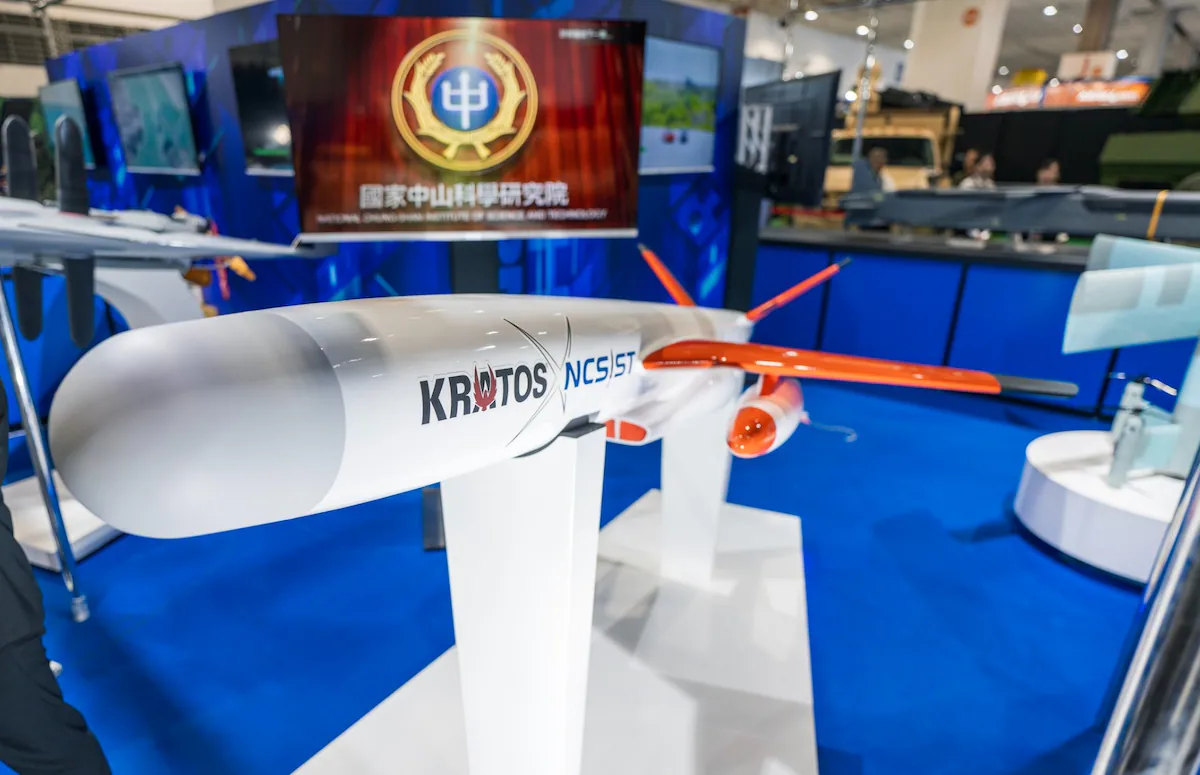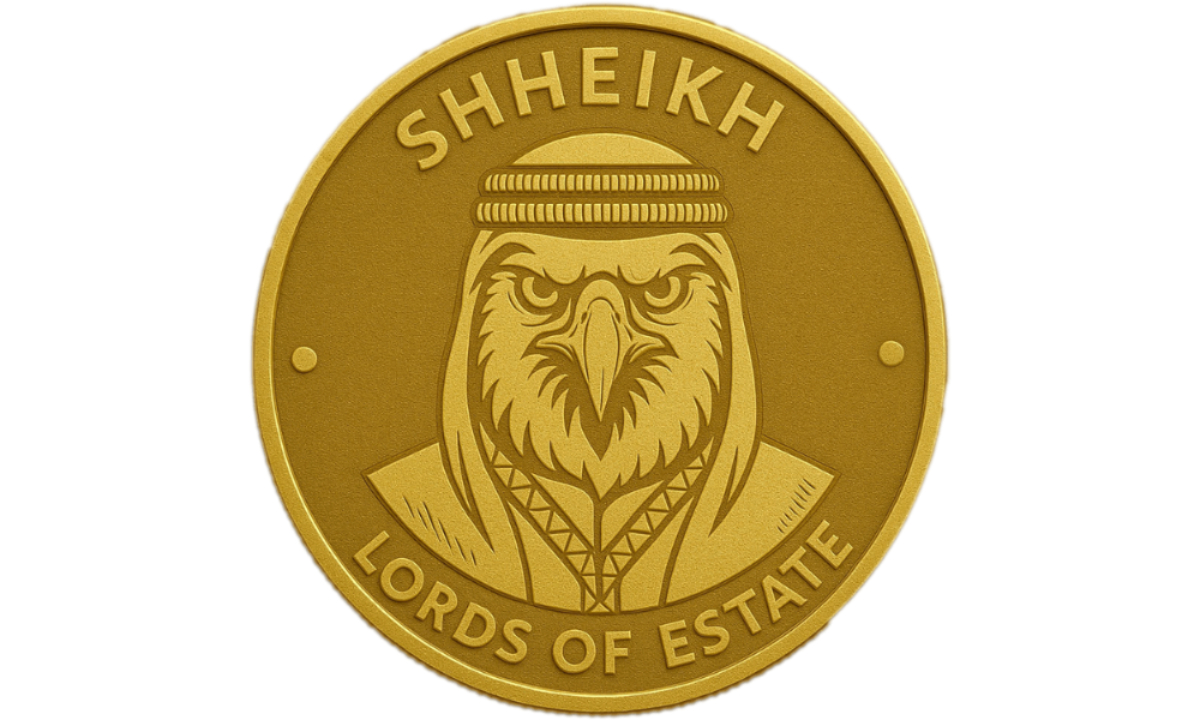
CHRISTCHURCH, New Zealand — The Taipei Aerospace and Defense Exhibition, TADTE for short, opened its doors on Sep. 18 to promote the latest Taiwanese defense products and to showcase recent acquisitions.
The event came as Taiwan considers the best way forward to counter aggressive Chinese maneuvers, which analysts say are designed to soften the island for an eventual confrontation.
Beijing is clear about its ambitions. Defense Minister Dong Jun told an audience of international military officials at the Beijing Xiangshan Forum this week that the “restoration” of Taiwan to China “is an integral part of the post-war international order.”
Dong warned China would “never allow any separatist attempts for Taiwan independence to succeed,” and that it would thwart “any external military interference.”
Current Taiwanese thinking is that asymmetric weapons – ones that do not cost too much to buy but which exact a heavy price on the enemy – are the best way for Taipei to deter a Chinese invasion.
And such systems were prevalent at TADTE 2025. In fact, the number of exhibitors at the show nearly doubled to 490 compared to just two years ago. Furthermore, there were 51 brand new products on display.
Among them were weapons recently acquired from the U.S., such as an M1A2T Abrams tank and HIMARS rocket launcher sitting side-by-side. To date, Taiwan has received 80 of 108 Abrams, and 11 of 29 HIMARS.
American companies, of which more than 40 were exhibiting at TADTE 2025, are supplying smaller asymmetric systems too. One example is AeroVironment and its Switchblade 300 loitering munition.
Weapon cooperation
To diversify its arms sources, Taiwan’s National Chung-Shan Institute of Science and Technology (NCSIST) signed a slew of agreements on the opening day of TADTE 2025. Among them were deals involving the Overwatch Interceptor counter-drone missiles from AirShare in Canada and Dive-LD underwater drones from Anduril Industries.
Furthermore, earlier this year NCSIST inked an agreement to explore mass production of Anduril’s Barracuda-500 low-cost cruise missile in Taiwan.
Li Shih-chiang, NCSIST’s president, explained: “The entire supply chain of the missile will be in Taiwan. That’s the overall direction of all future cooperation.”
“Our goal is that if war or a blockade starts, we’d be able to manufacture every weapon we need to protect ourselves,” Lee added. Reportedly, the aim is to manufacture missiles in Taiwan for no more than quarter of a million dollars each.
The Ukraine war demonstrated how stocks of high-cost missiles rapidly deplete in conflicts, and how a constant supply of lower-cost, mass-produced missiles would alleviate this bottleneck. Taiwan therefore wants a truck-launched version of the Barracuda that can hit enemy ships.
Another result of cooperative activity is the Chien Feng IV (Mighty Hornet IV) loitering munition being developed by NCSIST in conjunction with U.S. company Kratos.
Based on Kratos’ MQM-178 Firejet target drone, the high-speed weapon is designed for precise standoff attacks against ships at ranges approaching 620 miles (1,000km). Acting as a low-cost cruise missile with a high ceiling, it could perform saturation attacks or act as a decoy.
Greater self-sufficiency
The U.S. is Taiwan’s strongest backer, but officials in Taipei believe greater self-sufficiency is imperative.
Weapons being withheld include missiles and loitering munitions, according to the Washington Post.
Taiwan is already building numerous advanced weapons under its own steam. The military unveiled its Chiang-Kong (Strong Bow) air defense missile, an enhanced version of the Tien Kung III. With its high-explosive fragmentation warhead, it can intercept cruise and ballistic missiles in their midcourse phases at altitudes of up to 43.5 miles (70km).
NCSIST president Li revealed that the two-stage Chiang-Kong is already in production. The launcher with four missile canisters relies on a trailer-mounted active electronically scanned array radar, and this missile system will fortify existing air defenses that comprise Tien Kung and Patriot batteries.
The Ministry of National Defense displayed 19 types of unmanned system at TATDE 2025, one of which was the Mighty Hornet III anti-armor loitering munition with X-wing configuration. Operational testing should conclude later in 2025, after which it will be ready for mass acquisition.
Another new Taiwanese weapon is the 3-ton Kuai-Chi unmanned surface vessel (USV) from NCSIST. Traveling at speeds of more than 40 knots, the stealthy USV can ram ships and detonate its onboard explosive payload, or it can launch onboard loitering munitions.
Development of the Kuai-Chi USV is nearing completion. Fitting inside a 40-foot container, the boats can be rapidly shifted around Taiwan by road before being released into the sea.
These types of weapons – loitering munitions, USVs, low-cost missiles – would help create what the U.S. has called a “hellscape” in the Taiwan Strait. The strategy is to utilize uncrewed systems across all domains to saturate any invading Chinese force.
Taiwan has committed to raising its defense budget to 3.3% of gross domestic product next year, on the way to achieving 5% levels by 2030.



